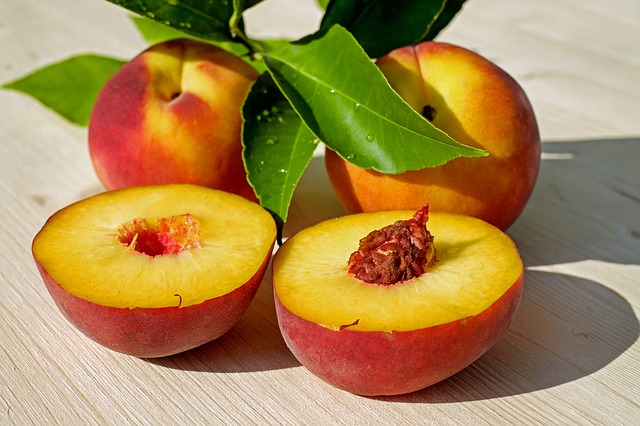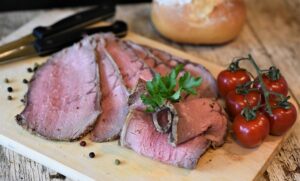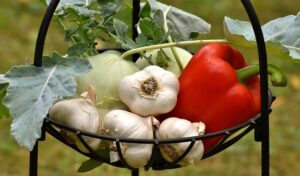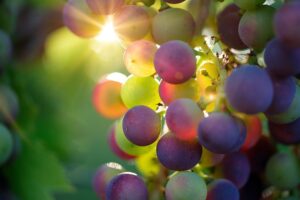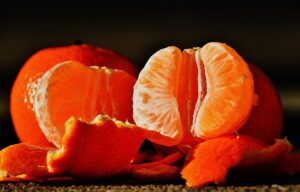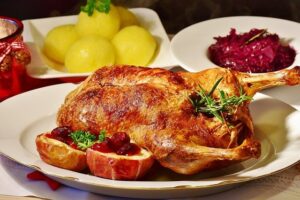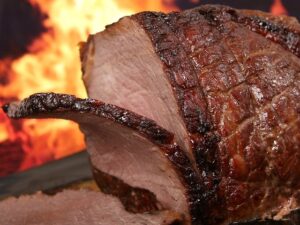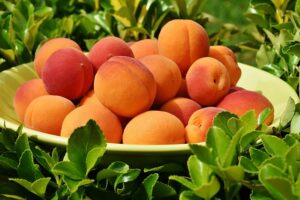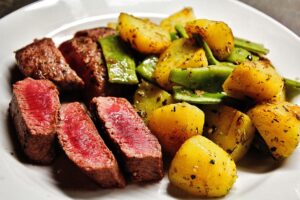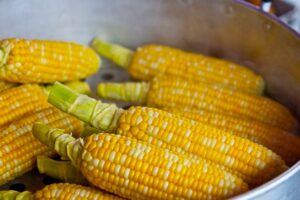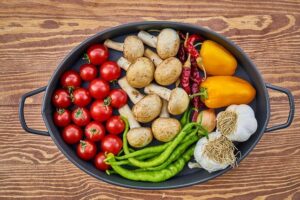Introduction
Herbivores, as the name suggests, primarily consume plant-based diets. However, plants are not typically known for their high protein content. So, how do herbivores obtain the necessary protein for their survival and growth? In this article, we will explore the various ways herbivores acquire protein and maintain their nutritional needs.
Plant Protein Sources
Plants contain proteins, although their composition and quantity may vary. Herbivores rely on consuming a diverse range of plant parts to obtain protein. Leaves, stems, fruits, flowers, and seeds are some of the plant components that herbivores feed on to meet their protein requirements. Different plant species offer varying protein profiles, allowing herbivores to select a balanced diet.
Grazing and Browsing
Grazing and browsing are two primary feeding strategies employed by herbivores. Grazers, such as cows and zebras, consume grasses and other low-lying vegetation. These plants are generally rich in protein, providing grazers with a readily available source of this essential nutrient. On the other hand, browsers, like giraffes and deer, feed on leaves and twigs from trees and shrubs. Although leaves may contain less protein than grasses, browsers compensate by consuming larger quantities to meet their protein needs.
Gut Microbes and Fermentation
Many herbivores have specialized digestive systems that allow them to extract nutrients, including protein, from plant material. One such adaptation is the presence of gut microbes. These microorganisms reside in the digestive tracts of herbivores and aid in breaking down plant matter. Through a process called fermentation, gut microbes break down complex carbohydrates into simpler compounds, including proteins. This microbial activity enables herbivores to access protein that would otherwise be indigestible.
Seed and Nut Consumption
Seeds and nuts are concentrated sources of protein in the plant kingdom. Some herbivores, such as squirrels and certain bird species, have evolved to consume these protein-rich food items. Seeds and nuts provide a dense and nutritionally balanced source of protein, allowing herbivores to meet their dietary requirements more efficiently. These animals often play a crucial role in seed dispersal, aiding in the propagation of plant species.
Endogenous Protein Synthesis
In addition to obtaining protein from their diet, herbivores can also synthesize proteins within their own bodies. They possess the necessary enzymes and metabolic pathways to convert non-protein nitrogen compounds, like ammonia and urea, into amino acids and subsequently into proteins. This endogenous protein synthesis allows herbivores to supplement their dietary protein intake and maintain a balanced protein profile.
Conclusion
Herbivores employ various strategies to obtain protein from their predominantly plant-based diets. By consuming a diverse range of plant parts, including leaves, stems, fruits, flowers, and seeds, herbivores can acquire the necessary protein for their survival and growth. Additionally, gut microbes aid in the fermentation process, breaking down complex carbohydrates into proteins. Some herbivores have also adapted to consume protein-rich seeds and nuts. Finally, herbivores can synthesize proteins endogenously, further supplementing their dietary protein intake.
References
– National Geographic: nationalgeographic.com
– Smithsonian’s National Zoo & Conservation Biology Institute: nationalzoo.si.edu
– Animal Diversity Web: animaldiversity.org
– The University of Arizona: arizona.edu

